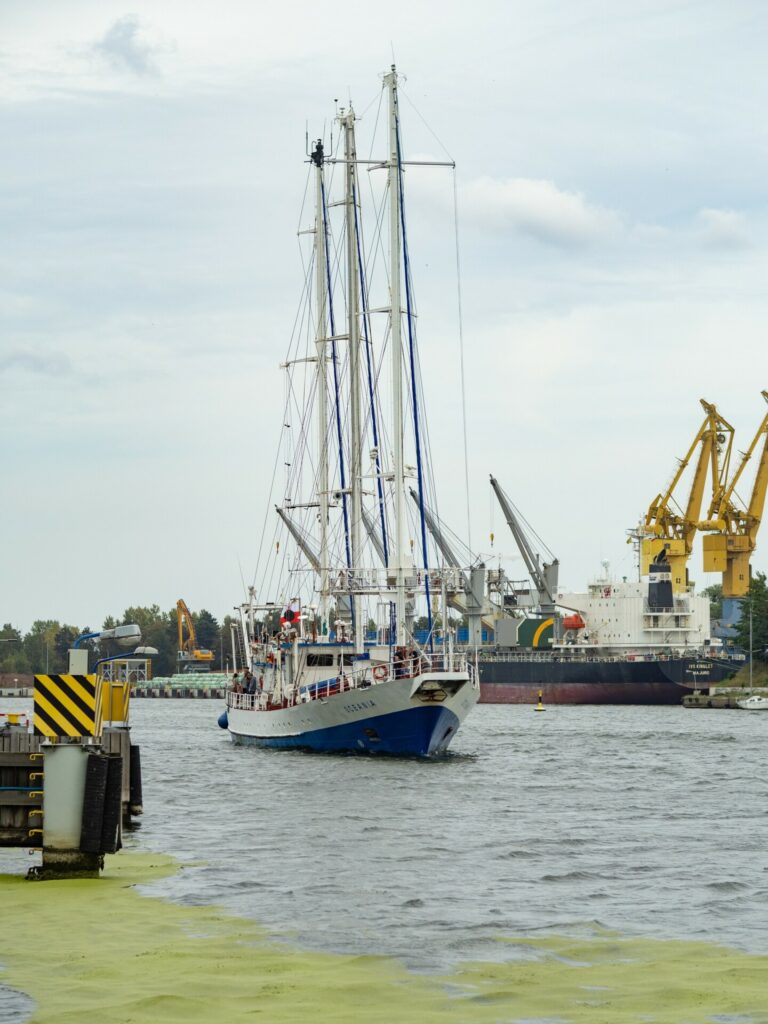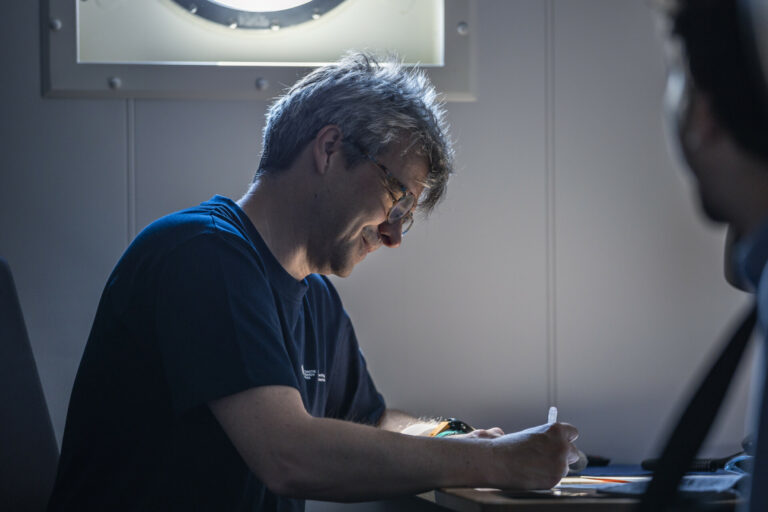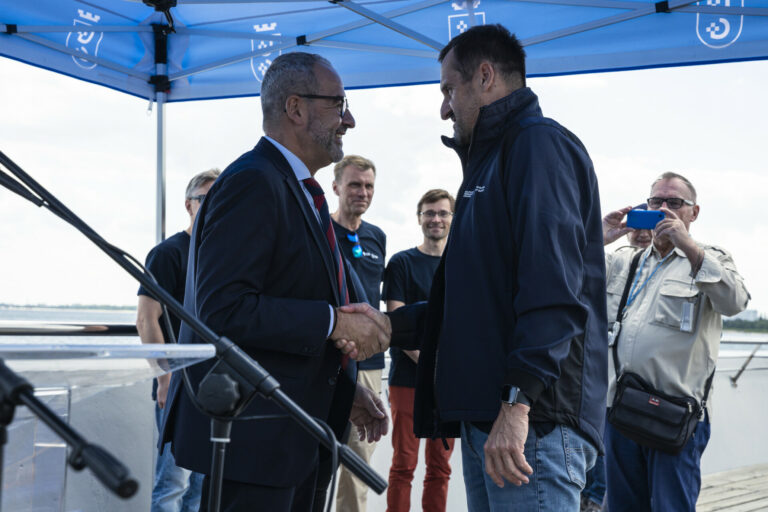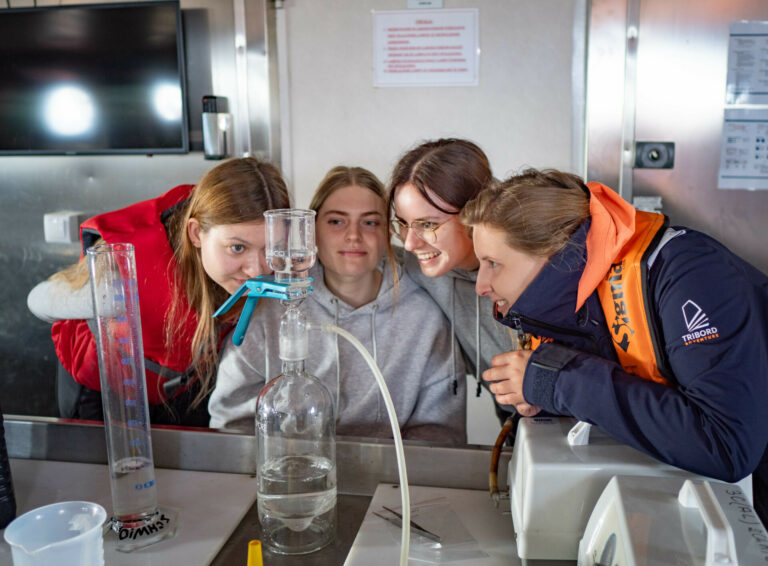The first days on the way back home weren’t the easiest ones: 8 on the Beaufort scale, very rough sea, and waves about 6 meters high. But despite the worst weather conditions ever during the BaltArctic Research Cruise, the research team collected almost all the samples. “I’m very proud of my team; they tackled the harsh conditions head-on and came out on top,” says research team leader Ryszard Kuczyński.
The r/v Oceanograf left Bodø with a new research team on board. Consisting mostly of talented bachelor’s, master’s, and PhD students, this team is full of potential and positive energy. “BaltArctic Research Cruise authorities, with the support of the Faculty of Oceanography and Geography at UG, decided to let students conduct sampling on the way back. This is a great opportunity for them, as even our scientists rarely explore the Norwegian Sea without an outside grant,” says Ryszard Kuczyński. “We’ve picked the most promising students, so we hope that this cruise will help them develop as rising stars of Polish oceanography.”
The leg from Bodø to Malmö is a tricky one. Most of the research stations are out in the open sea, where the weather conditions are the harshest. However, there is a way to avoid getting caught between high waves and strong winds – the Norwegian fjords. On the 24th of June, the r/v Oceanograf spent most of its time sailing southwest, hidden in the safe embrace of the Norwegian coast.
But on the 25th of June, there was no escaping the harsh reality; the ship had to sail out into the open sea to reach the second research station. The long, high waves swung the vessel up, down, right, and left as it sailed further away from the coastline.
The ship’s crew emphasized that these weather conditions are far from the worst that occur out at sea. Nevertheless, it was still challenging to conduct sampling, especially for the relatively inexperienced team.
While using the Multinet, the waves broke one of the straps that held a metal cage in the middle of the device. Fortunately, the team was prepared for this and brought a backup, so nothing is permanently damaged. ‘Those were the hardest conditions we’ve encountered during this cruise,” says Ryszard Kuczyński. But in the end, the researchers came out victorious. They finished most of the sampling and sailed away to the third research station, which is also far from the coast.






